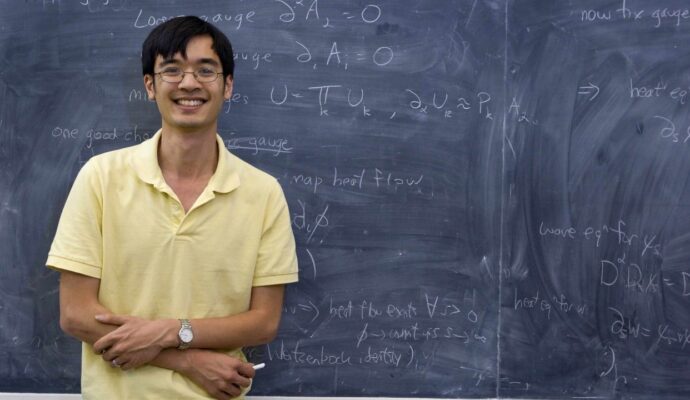Fang’s unit is responsible for the sea tests of some of China’s newest and most powerful naval weapons, according to openly available information. The Z-war scenario was declassified for the first time in their peer-reviewed paper published in the Chinese Journal of Ship Research this month.
Fang and his colleagues did not name any country but the enemy hardware that appeared in the paper, such as the Arleigh Burke-class destroyer, belongs to the US Navy and its allies. They were tagged the “blue alliance”.
There is increasing concern about the risk of a military conflict between China and the US.
“If I would place the scale of an imminent war on a scale of one to 10, I would place the situation right now on a 7,” said Rodrigo Duterte, former president of the Philippines, in a radio show at the weekend.
The racially divisive remarks, together with more recent sanctioning of Chinese hi-tech companies and US military operations off China’s coastline, were widely perceived by Chinese society as a deliberate effort to contain China’s future development.
A team led by Fang Canxin of the PLA’s Unit 91404 says Chinese naval experts independently assessed their “total war” test evaluation results and “believe the figures are realistic”. Photo: Handout
More Chinese military researchers proposed bringing the war to the US homeland if it could not be avoided.
Some cutting-edge weapons, such as hypersonic missiles and nuclear-powered torpedoes that can penetrate US defence networks, are either deployed or being developed, according to openly available information.
But the idea of bracing for a total war has not been standard thinking in the Chinese government, according to some public opinion leaders.
Hu Xijin, the former editor-in-chief of the nationalist newspaper Global Times and a prominent figure on China’s social media, said most officials in the Chinese government believed the country should remain calm and not be intimidated into engaging in a “war of annihilation” with the US.
“If a war were to occur between China and the United States in which the strategic interests of both sides were equally at stake, the United States would be able to easily mobilise its forces and engage in a life-and-death struggle with China,” Hu said in a Weibo post on June 18 as US State Secretary Antony Blinken was visiting Beijing.
“In such a scenario, I believe that China does not have a chance of winning,” he added.
Hu had proposed shooting down the plane carrying former US House Speaker Nancy Pelosi when she visited Taiwan last year. The sudden softening of his words has prompted some heated backlash on China’s social media.
Sima Nan, another prominent nationalist figure on Weibo, challenged Hu’s estimation that China would be defeated by the US in a total war. “It’s not based on a war game or other rigorous assessments,” Sima said in a short video.
Engaging in a total war between two nuclear superpowers would have catastrophic consequences for human civilisation around the world.
In their paper, the Chinese scientists focused on the fate of a ship.
The Z-war mode assumed the Chinese military was under an all-out-attack by the hypothetical blue alliance.
The Chinese navy, for instance, currently has nearly 50 destroyers. Each was attacked by more than 11 missiles and more than three torpedoes, according to Fang’s team.
These weapons came from various directions in multiple ways, making it challenging to defend the ship.
The blue alliance generated jamming noises over 30 times stronger than the signal used by China’s warships for communication. The detection range of the Chinese radars was reduced to well under 60 per cent of their normal distance.


